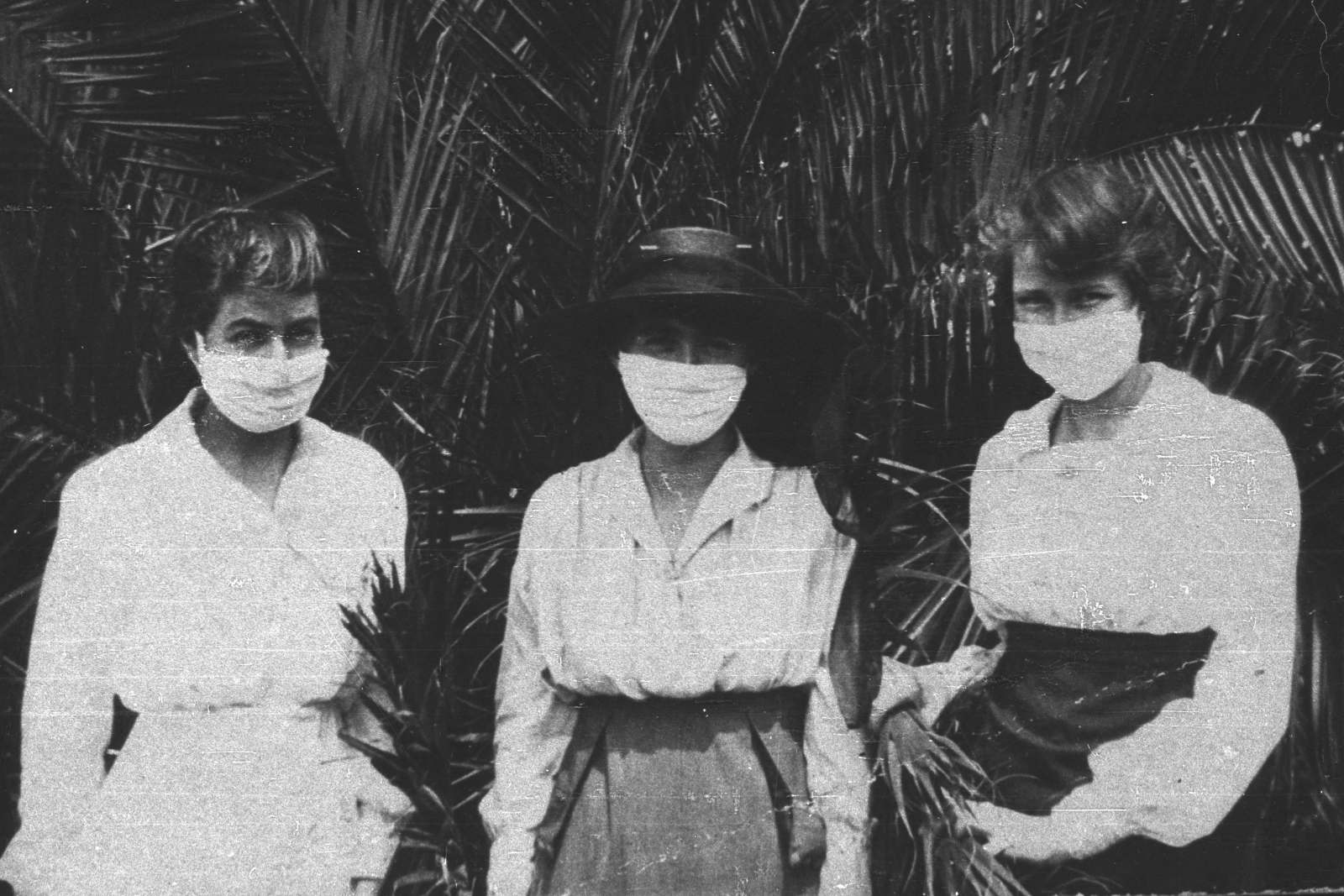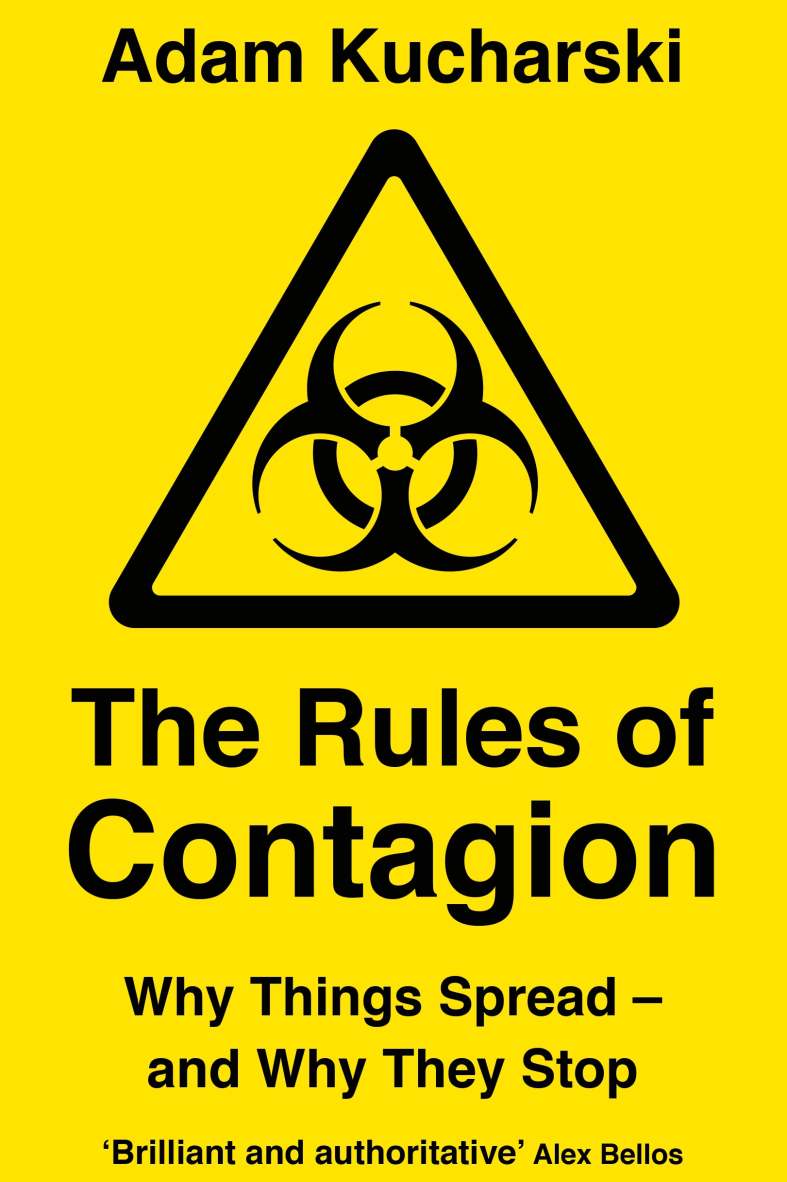How things spread and what that says about us
by Bianca NogradySCIENCE
The Rules of Contagion: Why Things Spread – and Why They Stop
Adam Kucharski
Profile, $29.99
If one was inclined to conspiracy theories, the timing of mathematician and epidemiologist Adam Kucharski’s suspiciously prescient book, The Rules of Contagion, might lead to some narrow-eyed side glances at the author and publisher. There’s no way such an in-depth, meticulously researched and brilliant book could have been thrown together in the few months since SARS-CoV-2 reared its spiky head and rampaged around the planet.
But COVID-19 isn’t mentioned once, so it’s far more likely that the publication of this book is a serendipitous gift, not only for the author and publisher, but for a world desperately wanting to understand this new biological calamity.

Kucharski’s skill lies in applying the cold hard rationale of mathematics to the warm, messy, interconnected and complicated world of humans. His interest – and the theme of the book – is how and why things spread; whether that be something as obvious as a disease such as HIV, Ebola or SARS (the first one), or as unexpected as gun crime, financial market collapses or political viewpoints.
You could read this book purely to make sense of the rise and (hopeful) fall of COVID-19, and to understand the rationale behind decisions made by governments and health authorities. But that would be to miss the bigger, more colourful tapestry of contagion that offers fascinating insights into who we are and why we behave the way we do.
For example, Kucharski talks about the contagion of violence: how there is a dose-response effect to this contagion whereby the more violence an individual has been exposed to, the greater the chance they will encounter it in their future. Violence has a reproduction number, like the R number that is regularly bandied about in discussions about COVID-19 that represents the number of people an infected person is expected to pass the disease on to.

So when there is a shooting, there may be retaliatory shootings, and then more; one act of violence can spread to others. There is also evidence that violence can be ‘‘vaccinated’’ against by intervening after an incident to counsel friends or family members who might otherwise set out for revenge.
He also looks at financial contagion, particularly around the banking collapses that precipitated the Global Financial Crisis. There’s something quite satisfying about seeing banks represented as virulent disease-spreaders, when Kucharski nicely lays out the many similarities between markets and epidemics.
Both follow trajectories of rise and fall, and a rapid rise – either in diseases or markets – is never good news. In the case of a disease, it means more infections and in the case of markets, it’s usually because there’s a bubble and that it’s eventually going to pop.
One of the most interesting sections of the book looks at the contagion of ideas, and particularly how that plays out on social media. As with gun violence, it’s possible to generate a reproduction number for social media trends – it turns out it’s about two (about the same as SARS), meaning that popular online memes are usually shared with an average of two other people. But this has a dark side, namely the spread of misinformation and disinformation – because the more falsehoods are spread and shared, the more they are legitimised.
Here too, there is a way to stop – or at least slow – an outbreak of harm. Telling a Facebook friend that they have shared a hoax can lead to them removing the original post. Limits to the number of people a message can be shared with (as was instituted by WhatsApp) also reduces the rate of spread.
But sometimes, Kucharski says, we need to be the vaccinated and the vaccine. After the 2019 terrorist attack on two mosques in Christchurch, some media outlets defied accepted practices for reporting on terrorist attacks, and shared the shooter’s ideology, his live video and linked to his manifesto. ‘‘This shows we need to rethink about how we interact with malicious ideas, and who is really benefitting when we give them our attention,’’ Kucharski writes.
Inevitably, though, this book will be most appreciated for what it tells us about the COVID-19 pandemic. Even though no two pandemics are alike, Kucharski’s work makes welcome sense of the current chaos in a way that is accessible, relatable and insightful.